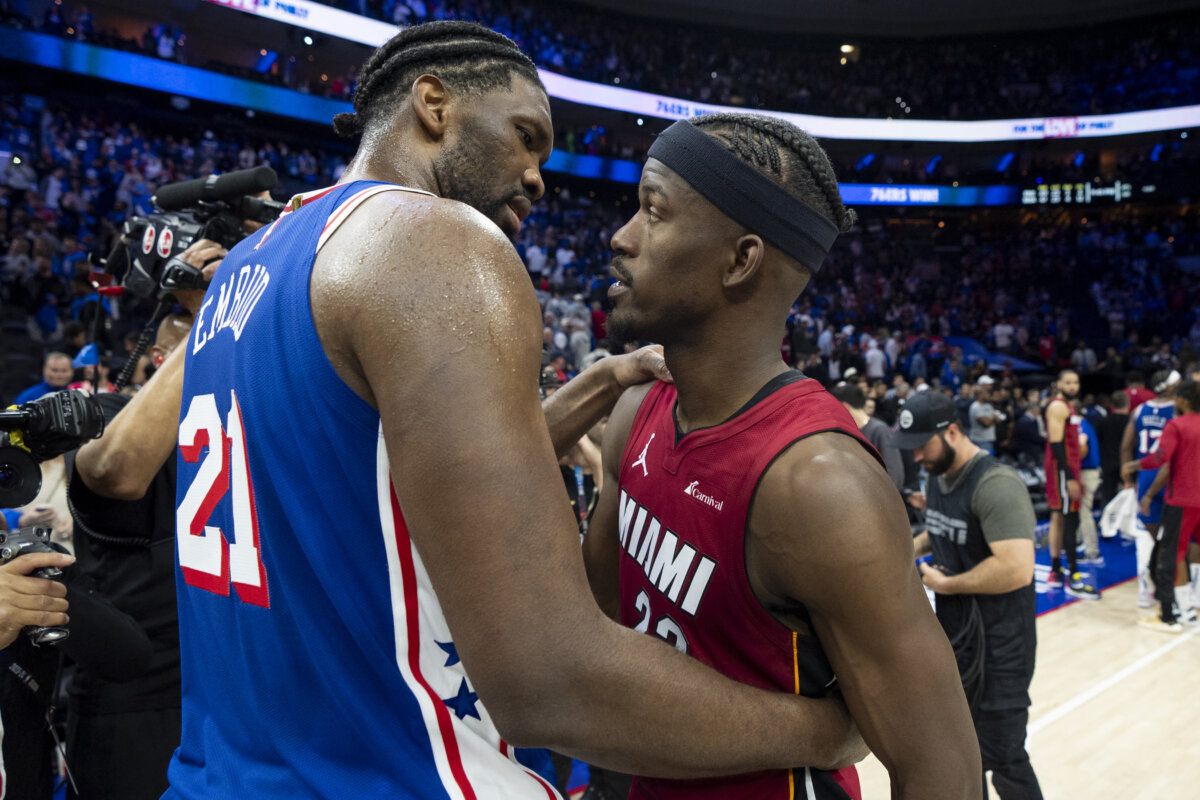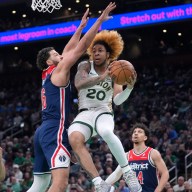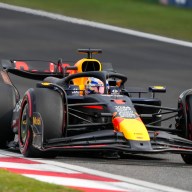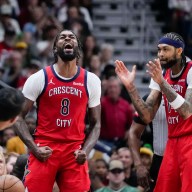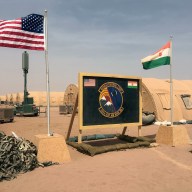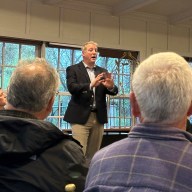Last week we were in Monterey, Calif., for a conference and visited the Aquarium on Cannery Row. If you ever find yourself in Monterey, the Aquarium is excellent and well worth the price of admission, but that’s not the point of the story.
An injured albatross makes its home at the Aquarium, and its keepers were talking about some of the threats these magnificent birds face.
An albatross nesting on atolls in the middle of the Pacific may fly as far as the California coast foraging for food on the open ocean before returning to feed chicks. They scan the surface looking for food, any small fish or invertebrates. Unfortunately, what they often swallow is plastic.
There are several major gyres in the world’s oceans. These are areas where ocean currents form a vortex and the water at the centre of the vortex is relatively still. Trash that is carried to the centre of these gyres is retained and concentrated. According to a white paper prepared by the Algalita Marine Research Foundation, in the North Pacific Central Gyre the quantity of plastic debris is more than six times greater than that of zooplankton (small animals that are eaten by birds, fish, and sea turtles).
While visiting the Aquarium, we were shown a bottle that contained the stomach contents of a dead albatross chick. Most of the contents were familiar — a few caps from plastic pop bottles, a cigarette holder, scraps of plastic bags, beads, etc. A study cited in the previously mentioned white paper estimated 40 per cent of all premature albatross chick deaths were related to ingestion of plastics collected by parents at sea.
But this isn’t just about the albatross. Oceanic gyres are naturally rich foraging areas for a variety of animals such as birds, fish, and sea turtles, and many species feeding in these areas of the ocean are affected by our waste. One study estimated more than 250 marine species are harmed by plastics, either through ingestion or entanglement.
This article is also not just about marine animals we do not encounter in central Canada. Watch a pigeon on the sidewalk and you will see it sampling a variety of different “foods” including cigarette butts and bits of plastic, especially if it is a food wrapper. Maybe pigeons don’t inspire much sympathy, but many animals, particularly visual feeders, are not good at distinguishing food from debris. Think about how easy it is to trick a fish into striking a plastic fly.
We need to be careful about what we do with our garbage, especially plastics. Overflowing trash bins, carelessly discarded garbage, or scraps that escape our recycling bins can all get into the environment and be mistaken for food (perhaps here or after it has been transported thousands of kilometres).
Minimize the chances for your garbage to escape. If you have street-side recycling and garbage pickup, take it out in the morning and give the raccoons and neighbourhood cats less time to tear open the bags. Cover your recycling bins so the wind doesn’t carry away the lighter scraps.
Enjoy the wildlife, but please do not feed the animals (your trash).
Andrew Laursen is an assistant professor at Ryerson University, studying ecosystem ecology. Sophia Dore is an environmental scientist with Conestoga-Rovers & Associates, an environmental consulting company.

